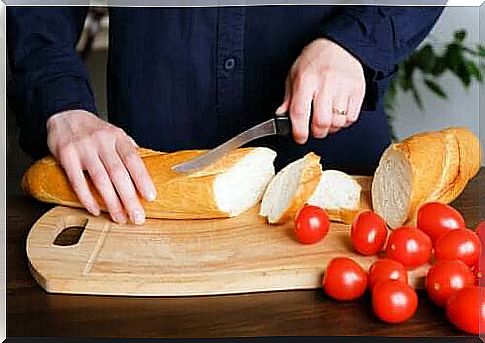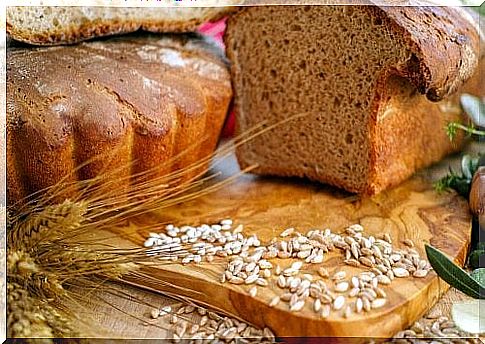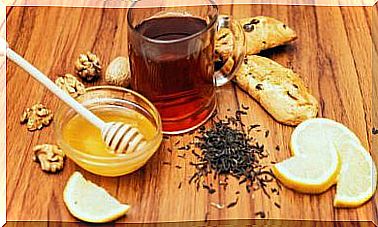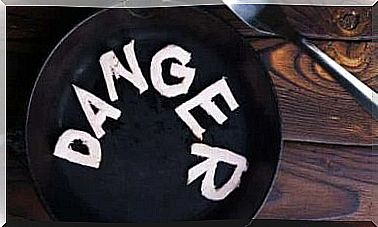Weight Gain Caused By Bread – Truth Or Myth?

Is the weight gain caused by bread a real phenomenon or just a myth? This question arises very frequently. We must mention that there are no foods that “fatten” or “lose weight”. The most important thing is to maintain a caloric balance.
The influence of food on insulin secretion and satiety can lead to overeating and, as a consequence, the accumulation of extra pounds.
How problematic is the weight gain caused by bread?

Bread is a food made up mostly of carbohydrates. Its energy content is about 300-400 kcal per 100 g. Bread can be included in a balanced diet. On its own, it does not cause weight gain.
But bread tends to have a high glycemic index, especially if it is made from white flour. This causes a sudden rise in insulin levels, followed by reactive hypoglycaemia.
When we serve bread on our own, it provides a temporary feeling of satiety, after which the appetite increases. Therefore, this food is not satiating and can cause overeating.
Do not use it as a gasket
Bread is an incorrectly consumed food product. Serving meals with bread causes a sudden increase in energy intake, which many of us do not take into account.
You can eat bread in moderation, but only if it is the main food at the table. For example, pastries or pizza are suitable options. But it is not a good idea to use bread as a garnish at every meal.
In addition, many people are accustomed to soaking bread in sauces. This habit significantly increases the caloric value of bread. Also, the taste of soaked bread can make us overeat.
At the same time, we tend not to take bread into account when making our menus. We consume it almost out of the ordinary at main meals, without taking into account its calorie content.
Not all breads are the same
There are several types of bread, which differ depending on the ingredients and the manufacturing process. Wheat bread is not the same as rye bread. The sliced one differs from the homemade one.
If we choose to eat bread, it is advisable to opt for whole assortments. The less refined the bread, the better. In addition, bread prepared by traditional methods includes different types of cereals with high nutritional value.
The ability of food to provide a feeling of satiety

If you are trying to plan your diet, in addition to the caloric value of food, you must also evaluate their ability to provide a feeling of satiety. Therefore, it is ideal to avoid processed and high-sugar foods.
Protein and fat are more satiating and stimulate the secretion of leptin and neuropeptides. Thus, you will avoid reactive hypoglycemia caused by the intake of simple sugars, as well as increased appetite.
Foods high in fiber cause distension in the stomach and intestines, stimulating the receptors responsible for the feeling of satiety. This is one of the reasons why it is good to eat unprocessed food. Unprocessed foods can control the glucose curve and regulate the appetite mechanism.
When it comes to choosing carbohydrate sources, make it a priority for whole foods. They contain a lot of fiber and have a low glycemic index, stimulating the production of insulin less than refined sugar.
conclusions
There are no foods that make you fat. Bread is no exception to this rule. But some people tend to eat the wrong bread as a garnish.
If you want to include this product in your diet, make sure it is the main menu item. Also, do not eat bread as a snack because you risk increasing your appetite.
A good idea is to avoid foods high in carbohydrates with a high glycemic index and processed foods. Fiber consumption is essential to support the satiety mechanism and prevent the development of complex diseases.









